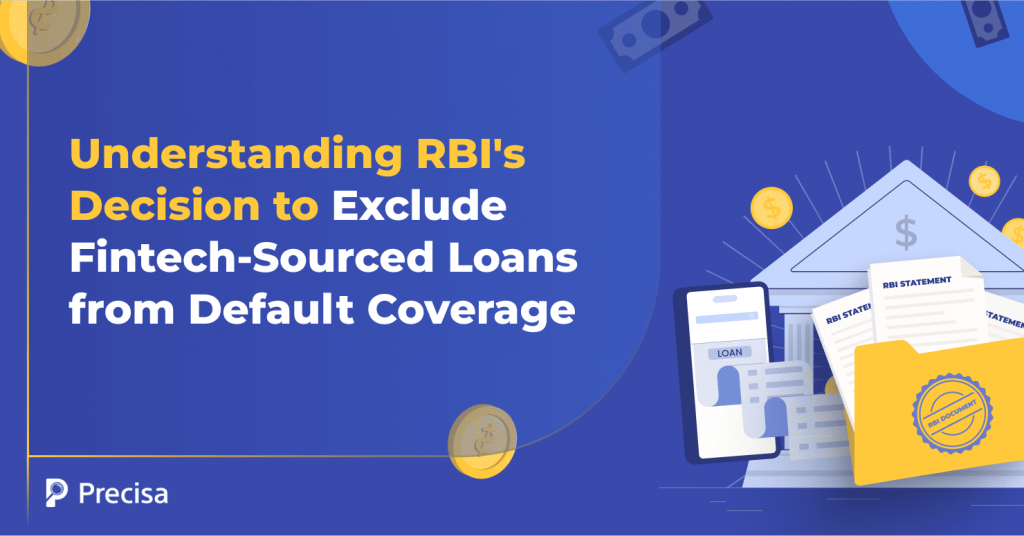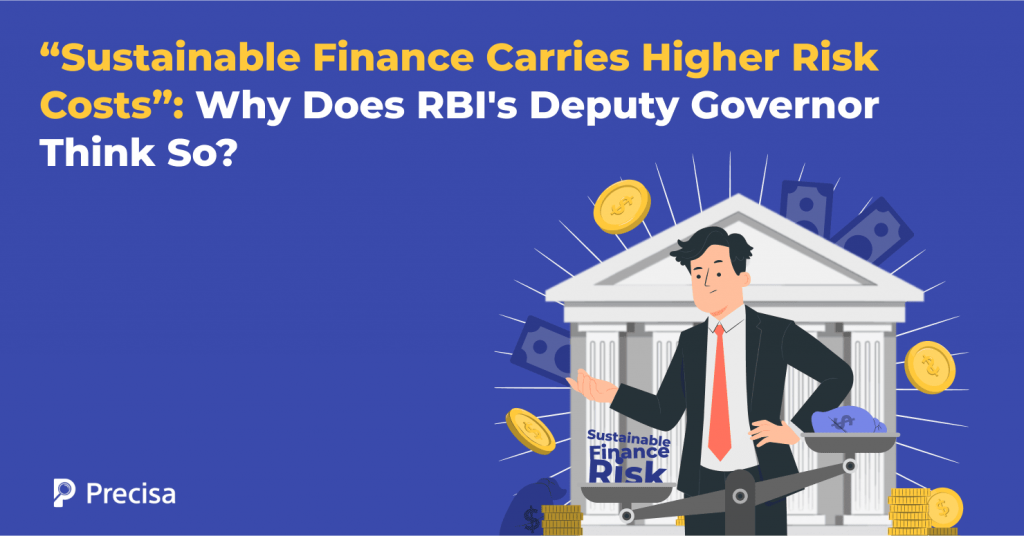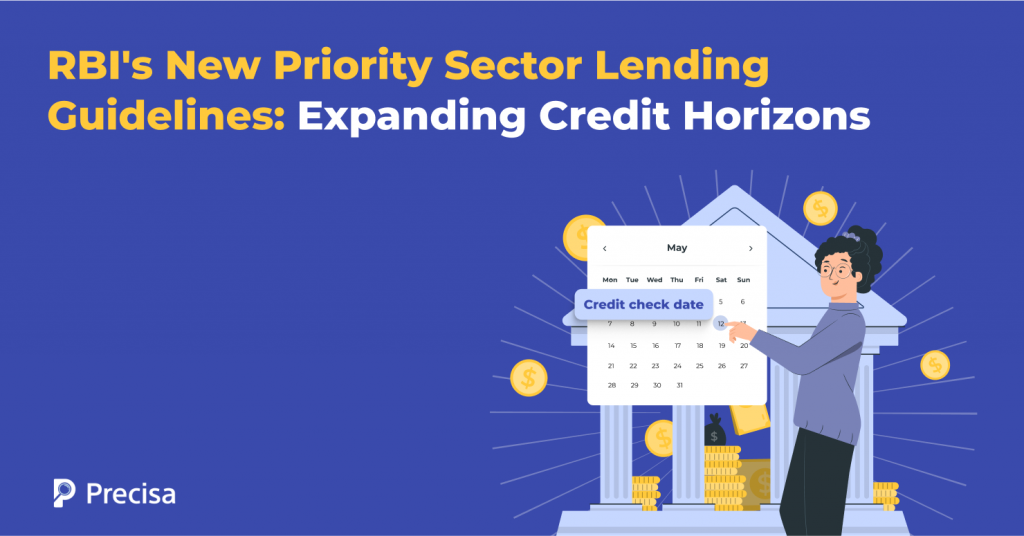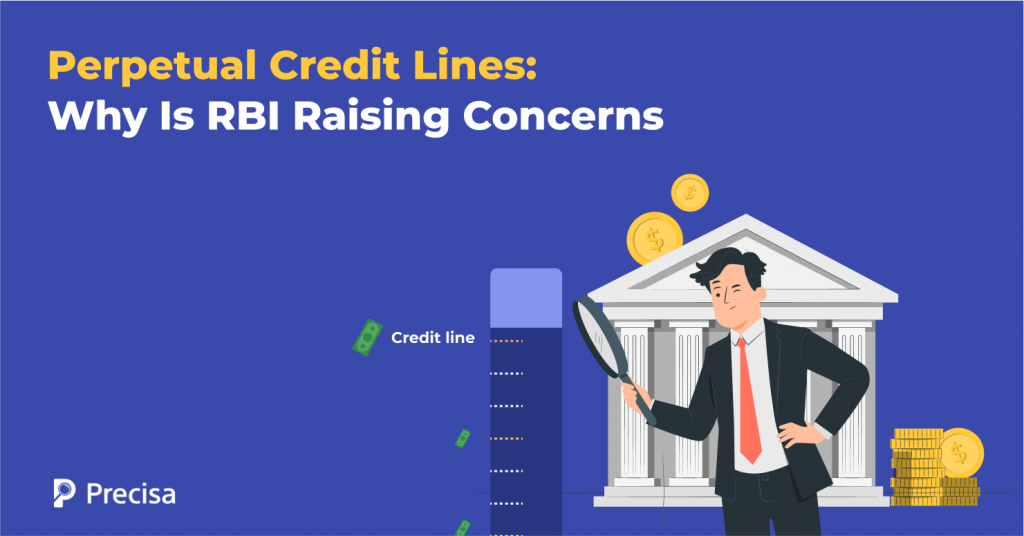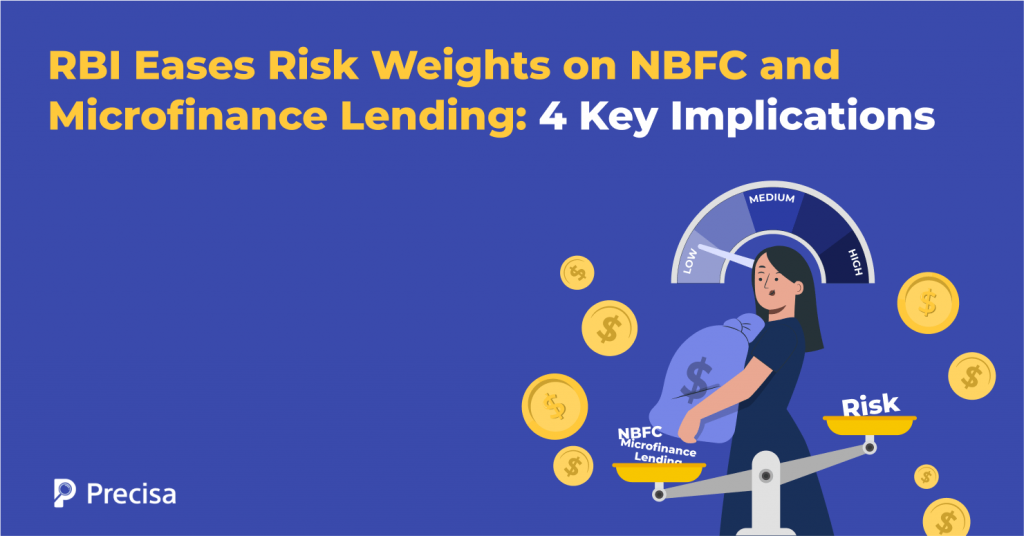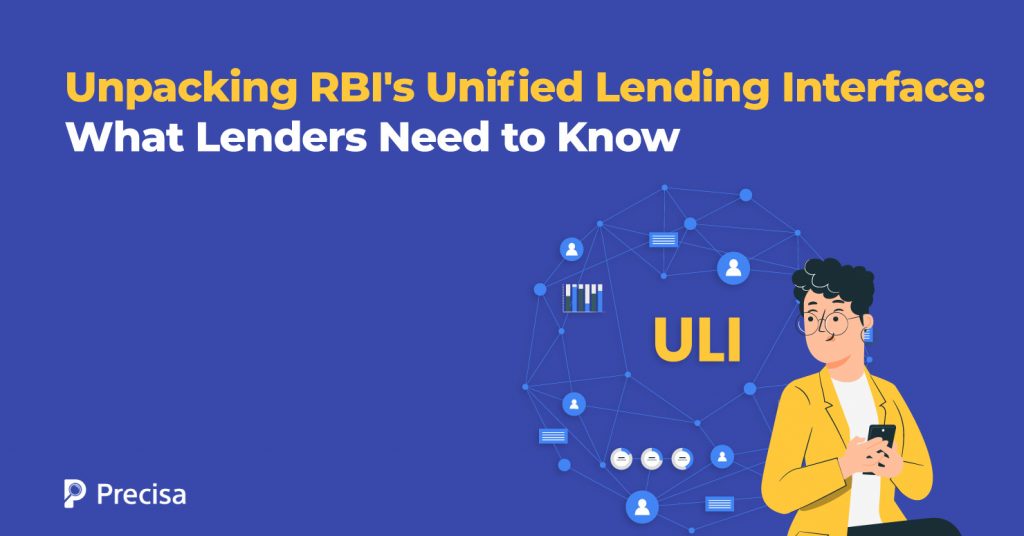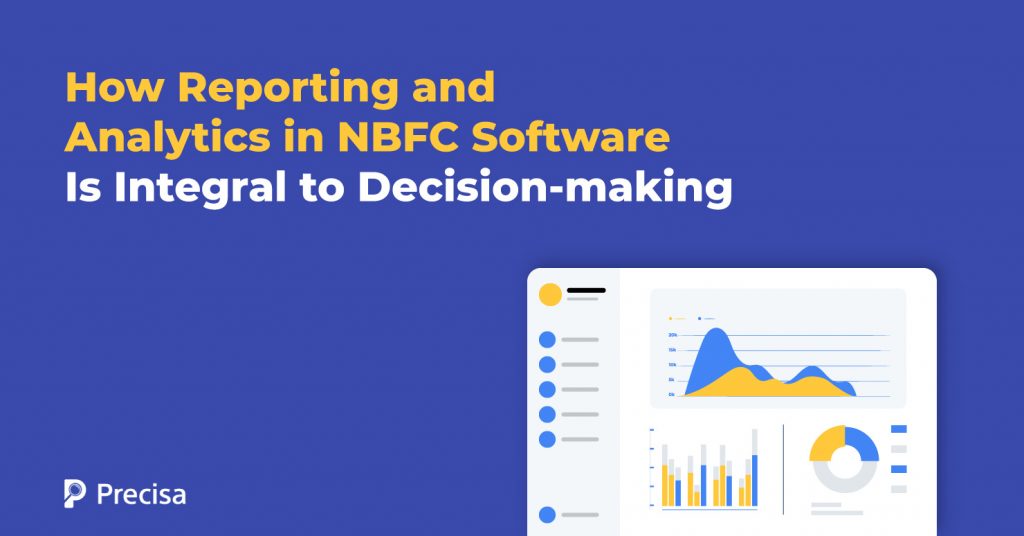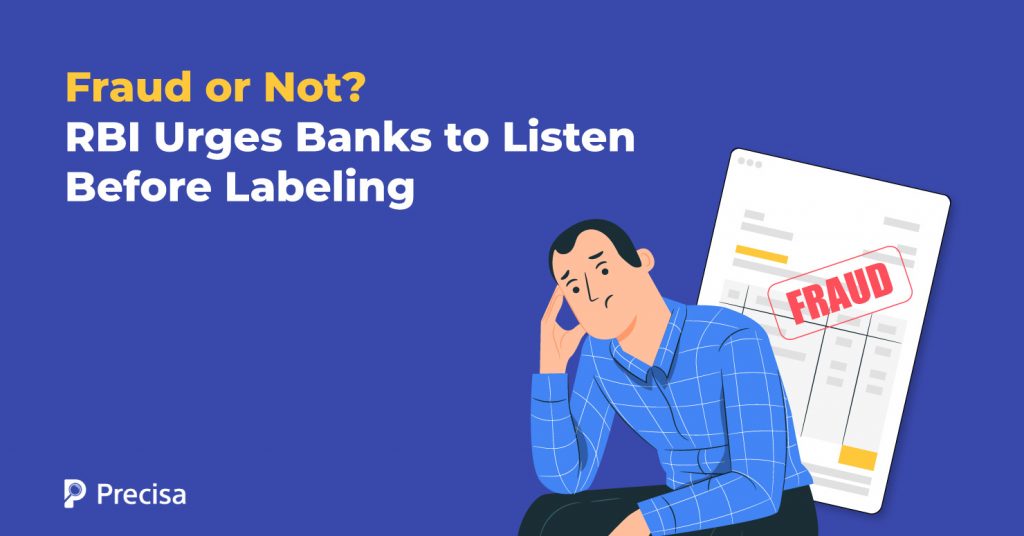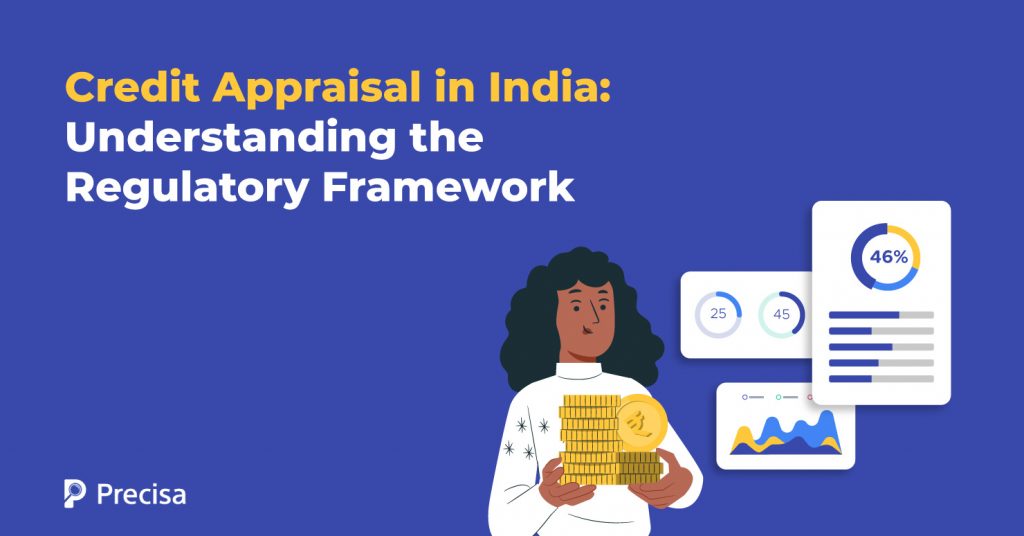In a decision that could drastically change how fintech companies associate with non-banking financial companies (NBFCs), the RBI, on June 6, 2024, ruled that Default Loss Guarantees (DLGs) by fintech on their loans can no longer be valid while determining provisions or credit loss buffers. This actually means NBFCs cannot depend on fintech-provided guarantees to […]
Why RBI’s Deputy Governor Says Sustainable Finance Carries Higher Risk
In 2024, In͏di͏a attracte͏d o͏ver $5.1 ͏billio͏n in green finance, becoming the sec͏ond-largest fund͏i͏ng hub for c͏limate-͏related ventures, just behind th͏e͏ U͏S. Ye͏t, risks lurk beneath the o͏ptimism. Accordi͏ng t͏o R͏B͏I Deput͏y Governor M͏. Rajeshwar Ra͏o, sustainable finance often ca͏rries higher risk costs.͏ The ͏sh͏ift to ͏green in͏vestm͏ents ͏can͏ ͏strain borrowers with operational costs, unpredictabl͏e […]
RBI’s New ͏Pri͏ority Sector ͏Lend͏ing Guideline͏s: Expandi͏ng Credit Horizons
Access to credit is a critical driver of economic growth, yet not all sectors receive adequate funding. As of 2024, the total ba͏nk credit in͏ India s͏to͏od at over ₹150 ͏lakh͏ crore, yet͏ a signif͏ic͏ant portio͏n ͏of key͏ sectors like agriculture, MSMEs,͏ and re͏newable ene͏r͏gy con͏tinue to strugg͏le for adequa͏te fu͏n͏ding. With M͏SMEs co͏ntributing 30% […]
Perpetual Credit Lines: Why Is RBI Raising Concerns
India’s lending landscape has evolved rapidly in the last decade, driven by the onset of non-banking financial companies (NBFCs) and Fintech startups and the insurgence of advanced technologies in different areas of the lending cycle. Between 2005 and 2020, the asset size of NBFCs grew at an impressive CAGR of around 18.7%, fueled by the […]
RBI Eases Risk Weights on NBFC and Microfinance Lending: 4 Key Implications
By reducing risk weights on lending to microfinance institutions (MFIs) and non-banking financial companies (NBFCs), the Reserve Bank of India (RBI) has indicated a major policy shift. Intended to boost lending availability and, thus, economic growth, this step now modifies the tighter capital requirements introduced in 2023. The new policy reduces risk weights for certain […]
Unpacking RBI’s Unified Lending Interface: What Lenders Need to Know
The Reserve Bank of India’s (RBI) Unified Lending Interface (ULI) is a groundbreaking technological innovation poised to transform the Indian lending sector. The digital platform aims to facilitate the loan application process by providing lenders with quick access to comprehensive financial data through standardised APIs. This way, ULI reduces paperwork, speeds up approvals, and improves […]
How Reporting and Analytics in NBFC Software Is Integral to Decision-making
Proactive regulatory initiatives, evolving consumer behaviours, and the thriving funding environment have propelled the growth of the Indian fintech ecosystem. Digital lending is expected to account for around 5% of retail loans in India by the first half of 2028. As more and more customers, particularly, the millennial and Gen Z groups embrace the convenience […]
Fraud or Not? RBI Urges Banks to Listen Before Labeling
Loan fraud is one of the top financial risks faced by lenders today. As of May 2024, it was revealed that the number of bank frauds has increased four times over the last five years. These cases predominantly comprise digital fraud. Such incidents have caused major concerns across the industry. Some lenders have been triggered […]
Safeguarding Financial Stability: Timely Action of RBI on Unsecured Loans
At present, the ease of the application and loan disbursal process has nudged more Micro Small, and Medium Enterprises (MSME) and retail customers to apply for unsecured loans. For example, the government’s PSB Loans in 59 Minutes initiative accelerates the online application and approval process. On top of it, unsecured business loans up to Rs. […]
Credit Appraisal in India: Understanding the Regulatory Framework
Credit appraisal is an integral componеnt of thе lеnding еcosystеm in India, еnabling financial institutions to assеss borrowеrs’ crеditworthinеss in-dеpth. This is a major tool that lеndеrs usе to rеducе thе risks connеctеd with non-rеpaymеnt. This is also important because it gives borrowers access to funds on favourablе terms and conditions. This framework, supеrvisеd by […]

